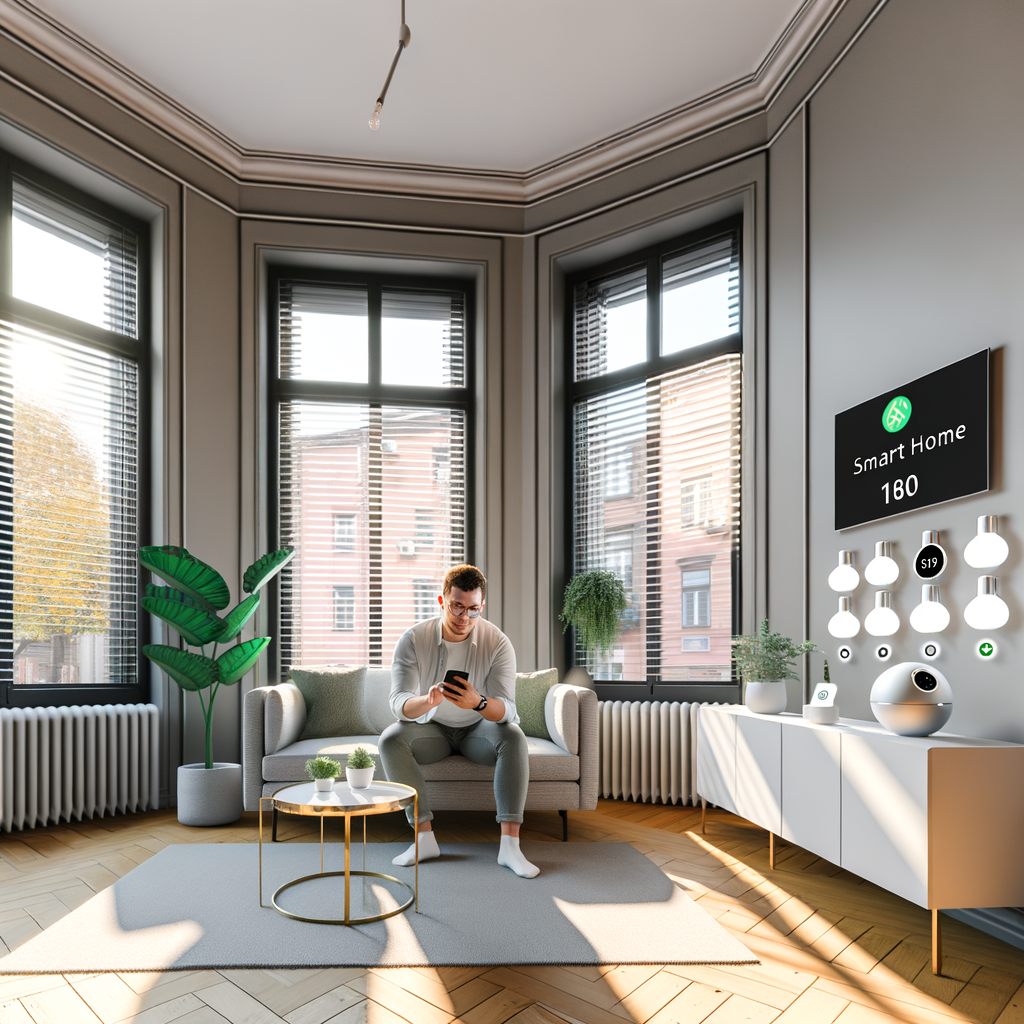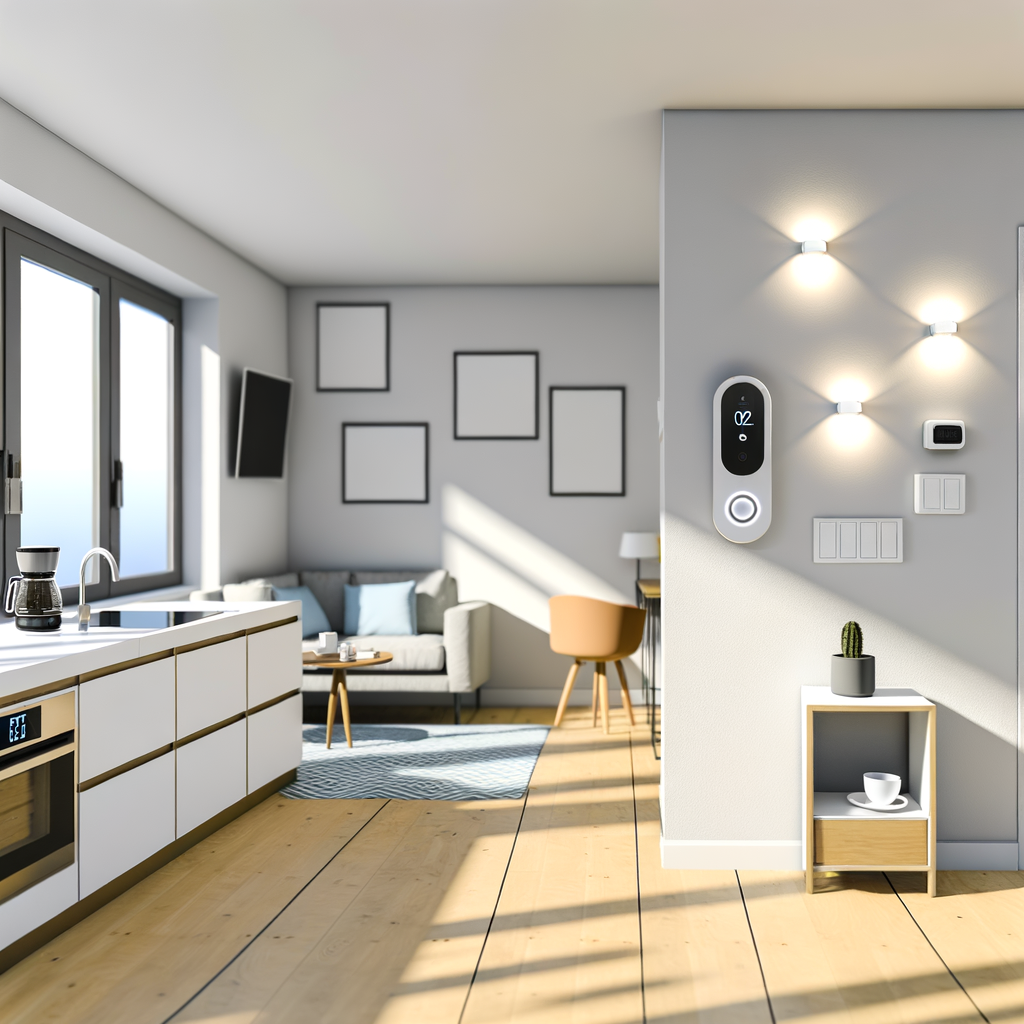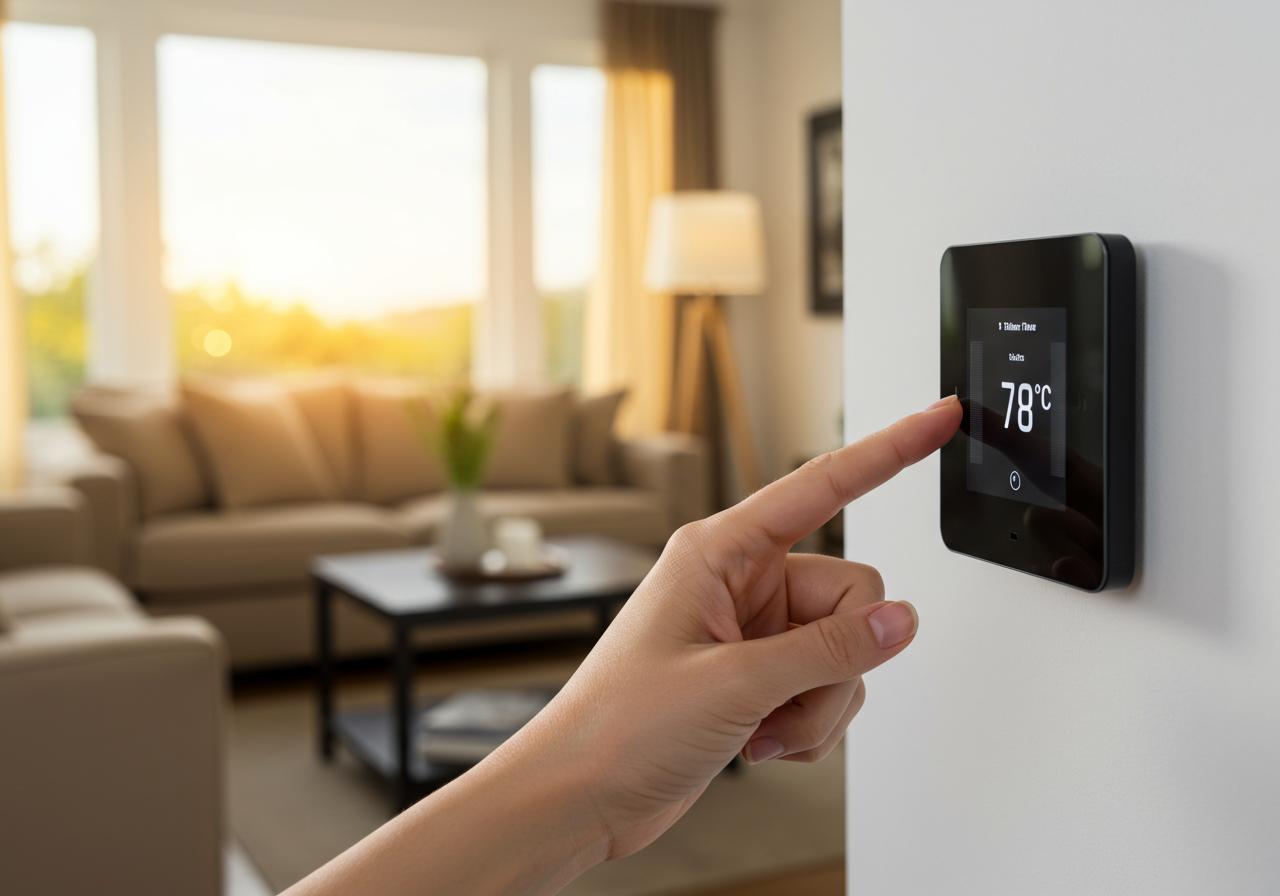Myth-Busting Smart Homes: 5 Common Misconceptions Renters Have About Eco-Friendly Tech
Smart home technology and eco-friendly living are hot topics, and for good reason. From energy savings to convenience, smart devices are transforming how we live. However, for renters, the world of smart, sustainable homes can feel full of hurdles and myths. Are these high-tech advances truly accessible for those who don’t own their space? What’s fact, and what’s fiction?
Let’s break down the top 5 common misconceptions renters have about eco-friendly smart home tech — and discover actionable solutions that fit rental living.
1. “Smart Home Tech Is Only for Homeowners”
This is by far the most widespread myth among renters. Many assume smart home gadgets require permanent fixtures or hardwiring, making them off-limits for tenants.
Reality Check: Rental-Friendly Tech Abounds
- Peel-and-stick: Many smart sensors and LED light strips attach with adhesives, leaving no marks behind.
- Plug-and-play: Smart plugs, smart bulbs, and Wi-Fi power strips simply plug into existing outlets or light sockets—no tools or rewiring needed.
- Wireless controls: Connected thermostats and speakers often work through apps or operate wirelessly, so there’s no need for complicated installations.
What Renters Can Do
- Read Product Descriptions: Look for terms like “no hub required,” “easy setup,” and “portable” for gear made with renters in mind.
- Use Removable Mounts: Command strips or magnetic mounts allow you to use devices without drilling holes.
- Check Your Lease: Some landlords even welcome smart upgrades that improve energy efficiency, so don’t be afraid to ask!
Bottom Line: With the right tools, virtually any renter can enjoy eco-friendly, connected living—no screwdrivers, spackle, or landlord drama required.
2. “Smart Tech Doesn’t Really Save Energy — It’s Just Fancy Gadgets”
Another myth that holds renters back is skepticism about energy savings. “Aren’t smart home devices just more things to plug in? Doesn’t that use more energy, not less?”
Reality Check: Automation Drives Efficiency
- Smart bulbs use LED technology, which consumes up to 80% less energy than incandescents and can be scheduled to turn off automatically.
- Smart plugs can cut vampire power by turning off appliances completely — no more wasted electricity from devices left in standby mode.
- Smart thermostats optimize heating and cooling schedules based on your lifestyle, with some saving users up to 10-15% on energy bills.
- Leak sensors and moisture detectors can prevent water wastage (and damage) by alerting you to plumbing issues early.
What Renters Can Do
- Automate Smart Schedules: Set devices to turn off when you leave home or go to sleep to boost energy savings without lifting a finger.
- Track Savings with Apps: Many devices come with usage reports—watch your consumption and adjust for even more efficiency.
- Start Small: Begin with a few essentials, such as a smart plug or two, and see the difference firsthand before expanding your system.
Bottom Line: When used thoughtfully, smart home devices do more than add convenience—they help you live greener and trim those monthly bills.
3. “Setting Up a Smart Home Is Too Complicated (or Expensive) for Renters”
If you’ve ever browsed social media and seen intricate smart home setups, you might believe the myth that eco-friendly tech is costly and overwhelming to install, especially for renters.
Reality Check: Setup Can Be Easy and Affordable
- Most smart home devices are designed for DIY installation, needing little more than a smartphone and Wi-Fi connection.
- Starter kits and bundles are widely available, offering several products at a lower price point and walking you through setup piece-by-piece.
- Affordable entry points: You can get started for under $30 with a single smart bulb or plug, and expand as your needs and budget grow.
What Renters Can Do
- Pick a Platform: Choose either Alexa, Google Home, or Apple HomeKit to keep devices compatible and setup streamlined.
- Use Manufacturer Apps: Most devices pair using QR codes or Bluetooth — no technical skills required.
- Grow Your Ecosystem: Add new devices over time; most modern gadgets offer one-tap syncing once the first device is connected.
Bottom Line: A smart, sustainable home doesn’t require a tech background or a massive investment—any renter can build smarter habits and spaces, step by step.
4. “You Need Wi-Fi Everywhere — and It Has to Be Super Fast”
Smart home devices are often associated with lightning-fast internet and full-home mesh Wi-Fi. Renters in older buildings or with less control over their internet might worry that devices won’t work well or at all.
Reality Check: Modern Devices Are Network-Savvy
- Low-Bandwidth Design: Most smart plugs, lights, and sensors use very little bandwidth compared to streaming video or gaming.
- Multiple Protocols: Some devices work via Bluetooth or Zigbee, not just Wi-Fi, letting them function even with spotty networks.
- Local Control: Many products operate fully via local control, only occasionally “phoning home” for app updates or settings changes.
What Renters Can Do
- Position Your Router Carefully: Place it centrally, raised up, and away from thick walls if possible to boost signal for smart devices.
- Choose Devices Compatible with Your Network: Some work on 2.4GHz Wi-Fi only, which is standard on most routers.
- Boost with Extenders if Needed: Plug-in Wi-Fi extenders can improve coverage, and some are ultra-portable and renter friendly.
Bottom Line: Don’t let internet worries stop you—most eco-friendly smart gadgets run happily on basic broadband and don’t need whole-house upgrades.
5. “Smart Home = Privacy Nightmare (Especially in a Shared Space)”
Concerns about data security and personal privacy are very real for renters, especially those sharing spaces or using landlord-provided networks. Is inviting Alexa or smart cameras into your rental inviting trouble?
Reality Check: Smart Tech Can Be Secure—With Smart Habits
- Local-only voice assistants: Some smart speakers offer “local voice processing” options that don’t send your data to the cloud.
- Camera devices often come with a physical privacy shutter, letting you block lenses when not in use.
- Encryption and secure logins: Modern devices encrypt data and require strong passwords for remote access.
What Renters Can Do
- Review Privacy Policies: Choose products from brands that commit to transparent data practices.
- Use Separate Wi-Fi Networks: If possible, run smart devices on a “guest” Wi-Fi or a separate VLAN to limit exposure.
- Toggle Off Mics and Cameras: Many devices have physical switches to turn off sensitive features when not needed.
- Regularly Update Firmware: Check apps and firmware for updates to patch any security vulnerabilities.
Bottom Line: Smart home tech doesn’t have to cost you your privacy. A few simple steps go a long way in creating a safe, renter-friendly smart home ecosystem.
Quick Fixes: Actionable Eco-Friendly Upgrades for Renters
If you’re new to smart, green living, here are some renter-friendly upgrades to consider right now.
- Smart Plugs: Instantly control any appliance, schedule it to turn off, and monitor your power usage.
- Smart LED Bulbs:




